
Low-Allergen Landscaping: Allergy-Friendly Gardening Tips for a Sneeze-Free Yard
Published: 03/10/2025 | Updated: 29/10/2025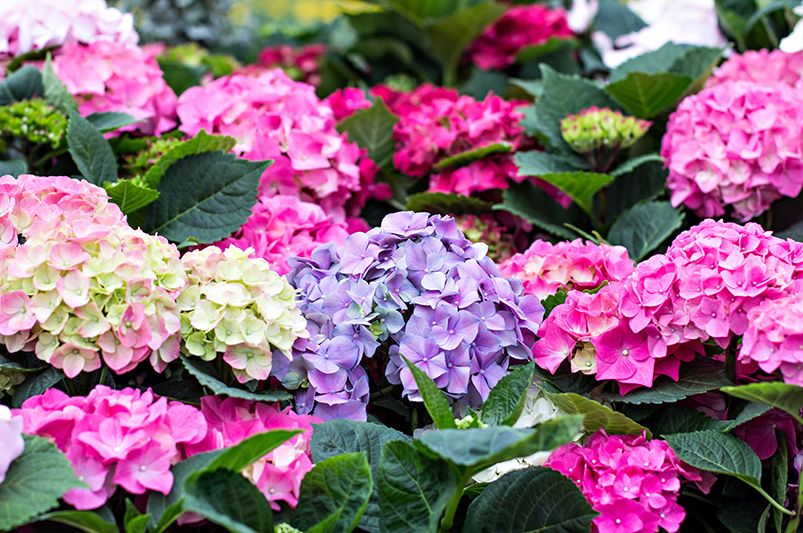
Creating a gorgeous garden shouldn’t come at the cost of watery eyes, runny noses, and endless sneezing fits. For allergy sufferers, a beautiful yard can often feel out of reach—but it doesn’t have to be. By designing a low-allergen landscape, you can enjoy lush greenery, vibrant blooms, and tranquil outdoor spaces without triggering seasonal misery.


This guide will walk you through the essentials of allergy-friendly gardening, from avoiding pollen-heavy plants to incorporating hypoallergenic plants, hardscape ideas, and proven plant allergy prevention techniques.
Why Low-Allergen Landscaping Matters
Seasonal allergies affect nearly 1 in 5 Americans, with pollen being one of the biggest culprits. While medications can help, reducing exposure in your own yard offers a long-term, natural solution. Low-allergen landscaping is about creating a balance: maximizing beauty while minimizing pollen.
By understanding which plants to avoid and which ones to embrace, along with smart design strategies, you can enjoy an outdoor space that feels more like a sanctuary than a sneeze trigger.
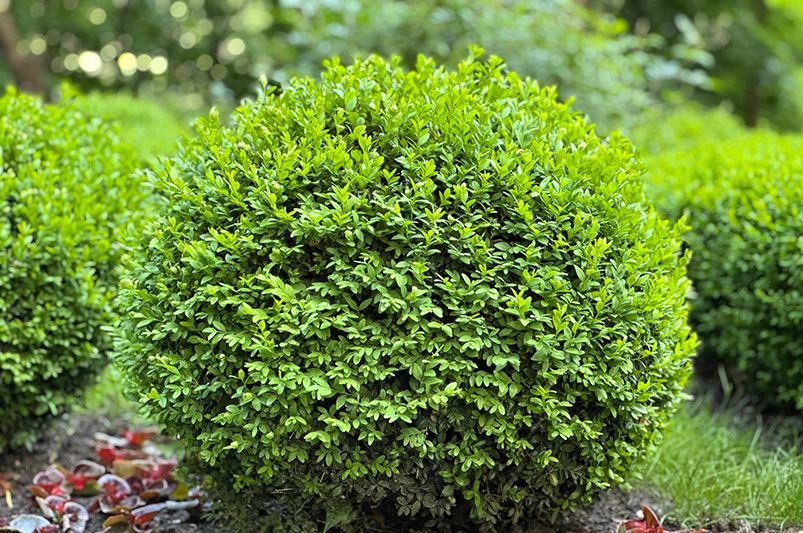
Plants to Avoid in Allergy-Sensitive Yards
Problematic Trees
Many popular shade trees produce enormous amounts of lightweight pollen that spread easily in the wind.
-
Avoid: Alder, birch, oak, cedar, and willow.
-
Why: Their airborne pollen grains can travel far and trigger intense reactions.
-
Better Choice: Dogwoods, magnolias, apple trees, or pear trees. These rely on insect pollination and produce heavier pollen less likely to cause problems.
Problematic Grasses
Traditional lawns may look tidy, but they can be among the worst allergy offenders.
-
Avoid: Bermuda grass and ryegrass.
-
Why: Both release clouds of pollen when mowed or disturbed.
-
Better Choice: Buffalo grass or zoysia grass, both of which produce little to no pollen.
Problematic Weeds
Weeds not only spread quickly but also contribute heavily to pollen counts.
-
Avoid: Ragweed, pigweed, and sagebrush.
-
Tip: Pull weeds before they flower, and avoid weeding on windy days.
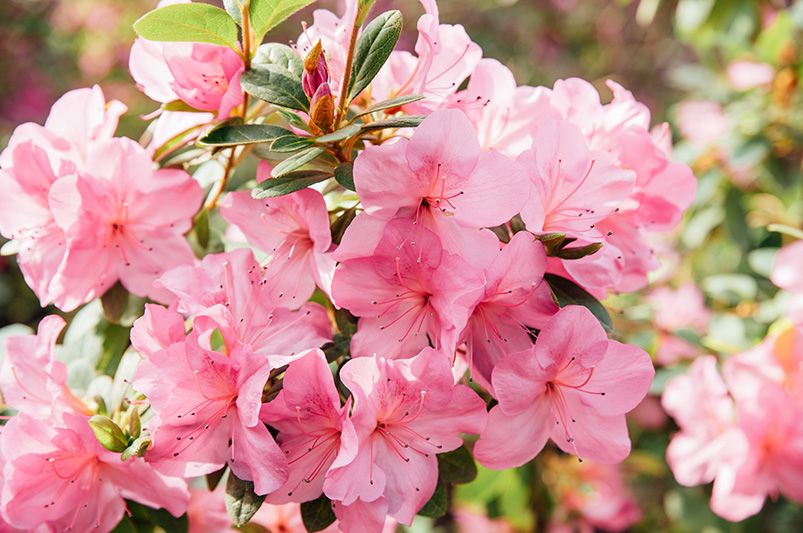
Hypoallergenic Plant Choices
Choosing the right plants doesn’t mean sacrificing beauty. Many allergy-friendly options thrive in diverse climates while offering vibrant colors, textures, and scents.
Low-Allergen Flowers
These flowers rely on insects rather than wind to spread pollen, keeping allergens out of the air:
-
Petunias: Bright, cheerful blooms with sticky pollen.
-
Zinnias: Long-lasting color in beds and borders.
-
Pansies: Hardy cool-season flowers with minimal pollen.
Low-Allergen Shrubs
-
Boxwood: Dense, evergreen, and pollen-free.
-
Hydrangeas: Gorgeous clusters of flowers that are low in allergenic pollen.
-
Azaleas: Colorful shrubs pollinated by insects, not wind.
Low-Allergen Trees
-
Apple & Pear Trees: Fruit-bearing, beautiful blossoms, minimal pollen.
-
Magnolias: Iconic, large blooms that attract pollinators instead of spreading pollen through the air.
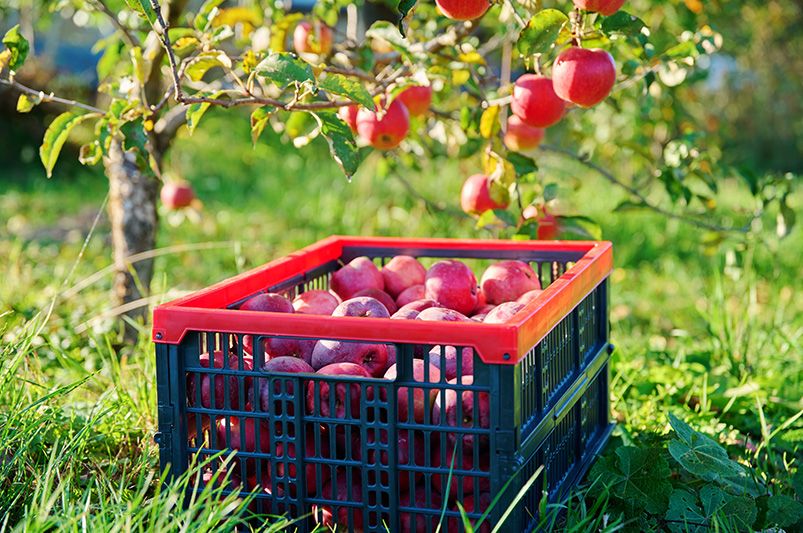
Hardscape Design Ideas for Allergy Relief
Hardscaping isn’t just functional—it’s also an excellent way to minimize pollen exposure while adding structure and elegance.
Stone Patios & Gravel Paths
Replacing grassy lawns with patios, pavers, or gravel reduces pollen sources and lowers maintenance.
-
Example: A gravel pathway winding through flower beds not only looks charming but also keeps pollen-producing weeds at bay.
Water Features
Fountains and ponds add tranquility while trapping pollen particles in the water.
Ground-Level Irrigation Systems
Instead of overhead sprinklers, use drip irrigation or soaker hoses to reduce airborne pollen and avoid mold from wet leaves.
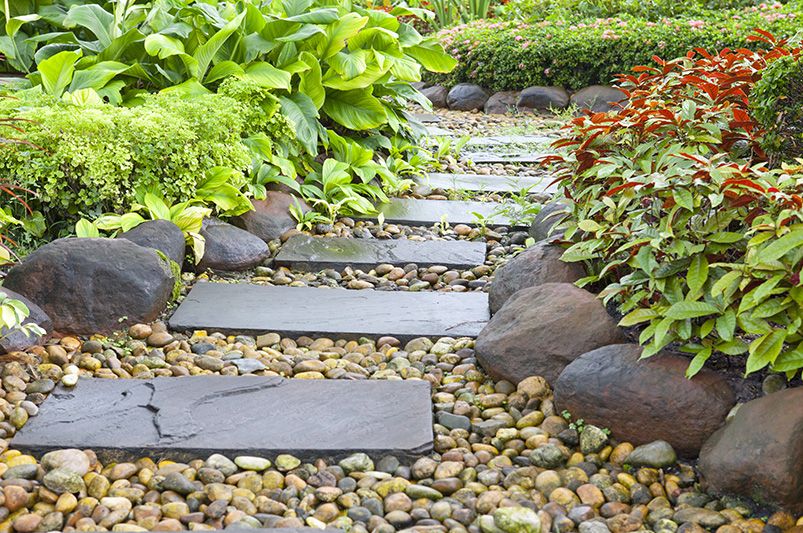
Plant Allergy Prevention: Maintenance & Layout
Plant Positioning
Strategic placement of plants can make a huge difference:
-
Keep high-pollen trees/shrubs at least 20 feet away from windows and patios.
-
Place hypoallergenic flowers near seating areas and pathways for color without discomfort.
Regular Maintenance
Consistency keeps allergens under control:
-
Mow Weekly: Prevents grasses from flowering and releasing pollen.
-
Deadhead Spent Blooms: Reduces pollen spread while encouraging new growth.
-
Weed Often: Stops allergenic weeds before they spread.
Allergy-Friendly Yard Layout Example
Here’s how you can put it all together:
-
Front Yard: Gravel driveway bordered with boxwoods and hydrangeas.
-
Patio Area: Stone pavers with potted zinnias and petunias.
-
Shade Trees: A pair of magnolias near the property line for privacy.
-
Backyard: Drip-irrigated vegetable patch with raised beds.
This approach blends beauty, function, and allergen reduction into a cohesive, low-maintenance design.
Ready to Create Your Own Low-Allergen Landscape?
ShrubHub’s expert designers can help you plan and visualize a stunning pollen-free landscape tailored to your needs. From plant selection to layout design, we’ll create a yard that looks beautiful and feels comfortable year-round.
Get Your 3D Landscape Design Today with ShrubHub and start building the allergy-friendly yard you deserve.
Free Downloadable PDF Guide: Low-Allergen Landscaping Made Easy
Tired of sneezing every time you step into your garden? Our free downloadable Low-Allergen Landscaping Made Easy guide shows you how to design an allergy-friendly outdoor space with hypoallergenic plants, pollen-free design ideas, and easy maintenance tips. Use it as your step-by-step playbook for creating a yard that’s as stunning as it is sneeze-free.
FAQs
Q1: What are the best hypoallergenic plants for landscaping?
A1: Petunias, zinnias, hydrangeas, magnolias, and apple trees are excellent low-allergen options.
Q2: Can I still have a lawn if I have grass allergies?
A2: Yes, consider buffalo grass or zoysia grass, which produce very little pollen compared to Bermuda or ryegrass.
Q3: How can hardscaping help reduce allergies?
A3: Patios, gravel paths, and water features replace pollen-heavy lawn areas and help minimize allergen accumulation.
Q4: How do I maintain an allergy-friendly garden?
A4: Regular mowing, deadheading flowers, and weeding before blooms appear are key steps in allergy prevention.
Q5: Are fruit trees better for allergy sufferers?
A5: Yes, apple and pear trees produce heavier pollen that doesn’t become airborne, making them safer choices.


